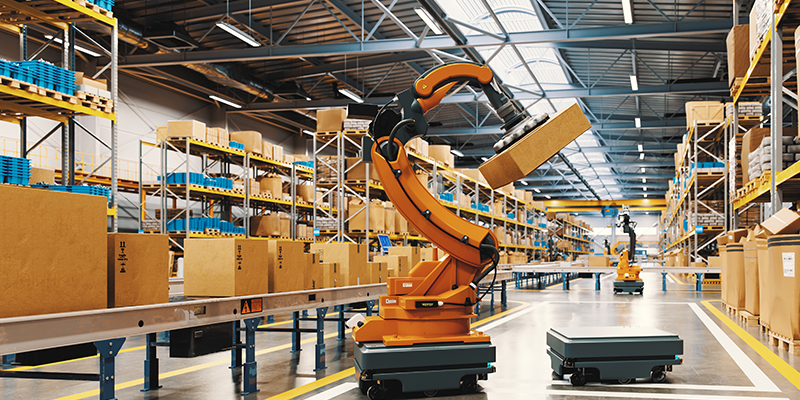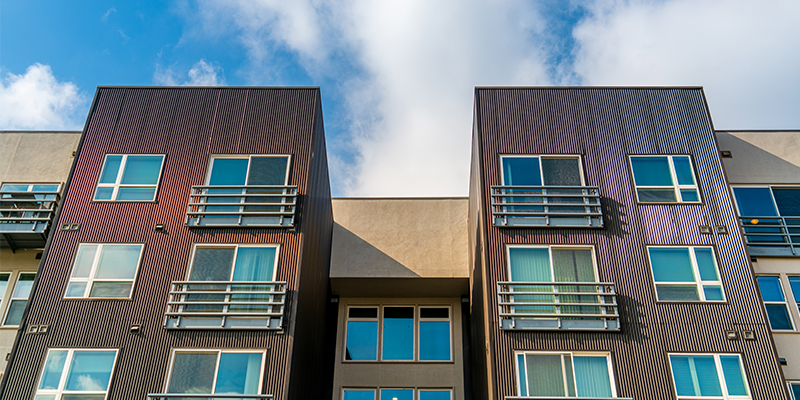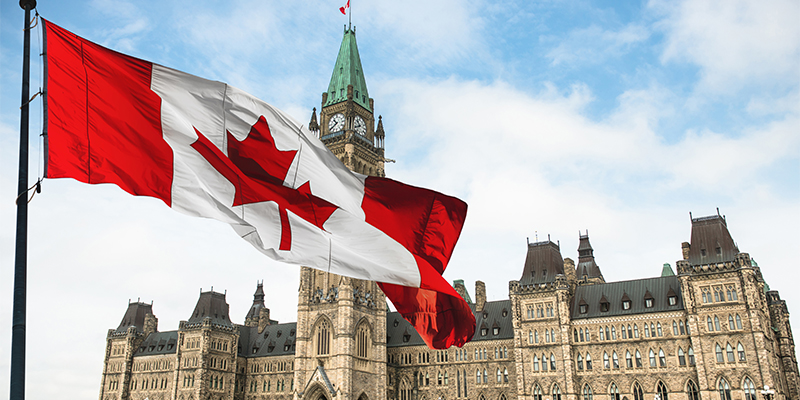“Less than 2% of industrial space today is cold storage, and it probably needs to be at 15%. We’re not even in the first inning,” opened economist KC Conway in a keynote session at NAIOP’s I.CON Cold Storage conference this week in Atlanta.
Using the analogy of peeling back an onion, Conway identified four cold storage and capital markets “layers” to “see what makes us sweat and what makes us cry.”
Layer 1: Federal Open Market Committee (FOMC) Policy. It’s getting harder to refinance out of existing debt, and the Federal Reserve (Fed) hasn’t yet addressed this, he said. There is $1.5 trillion in commercial real estate lending that needs to be refinanced – a significant portion of a $17 trillion industry. And this time, Conway noted, CRE isn’t to blame for overbuilding. Instead, it’s the Fed that has created a capital lockup and made it difficult for CRE to do projections and figure out financing. In the last 18 months, Conway said, we’ve seen the highest, fastest and steepest increases in interest rates in the history of the central bank. Companies and industries with fixed debt are going to see refinancing rates jump from 3-4% to 8-9%.
Two-thirds of that debt is held by community and regional banks, and their exposure is even bigger than commonly reported. “These banks are in danger of setting off a doom-loop scenario where losses on the loans trigger banks to cut lending,” he said.
Layer 2: Remaking the Supply Chain. Populations are shifting away from the West Coast and toward the Great Lakes, Gulf Coast region and Southeast – all major areas that are gaining population but don’t have necessary cold storage facilities in place. Rail infrastructure is going to be critical to move goods from port cities and agricultural areas to these more inland markets, as well as inland ports and waterways that will facilitate goods movement.
Conway calls the area from the Great Lakes down to Texas and across the Mid-Atlantic to the Southeast the “Golden Triangle” and noted that over half of the nation’s gross domestic product and 80% of our food supply through food processing and manufacturing comes from this region.
“Cold storage is in as much of an innovation cycle as artificial intelligence (AI),” Conway said. “Grandma and grandpa know how to go online and order groceries. The innovation cycle is shortening from 50-100 years to 10-20 years.”
Layer 3: Water Issues Will Drive the U.S. to Become a Net Food Importer. Conway says for the first time in a century, a new price for water in the West has been set and it’s 25 times higher than what farmers have paid for 75 years. Arizona, Nevada and California have pledged to reduce water consumption from the Colorado River, yet prices per acre-foot of water have skyrocketed. This signals the end of agriculture as we know it. Brazil recently surpassed the U.S. for corn production, and this loss in agriculture is going to drive an explosion in cold storage as the U.S. will be forced to import products that need refrigeration, like wheat and corn.
Where we source commodities and how they are going to move through to the consumer will have huge implications on site selection. “Online grocery shopping has evolved from safety and a basic convenience propelled by the COVID-19 pandemic to part of consumer’s daily routine,” Conway said.
Layer 4: Think Outside the Cold Storage Box. Looking for capital in new places could be the key, Conway said. Current cold storage inventory is 37 years old on average and doesn’t have the energy efficiency, technology or physical design for bigger trucks and more loading that companies like Walmart or Amazon require. “We have an entire product line that needs to be replaced,” he said. Ports can’t offer capital for development, but they can offer credit enhancements that guarantee rent for up to two years after a project is completed. Lenders like this and they may be more willing to get involved in a project with a few years of guaranteed leasing. “Cold storage needs to be understood. It’s a business enterprise with tangible assets, and real estate is only one piece of it,” Conway said.

This post is brought to you by JLL, the social media and conference blog sponsor of NAIOP’s I.CON Cold Storage 2023. Learn more about JLL at www.us.jll.com or www.jll.ca.








